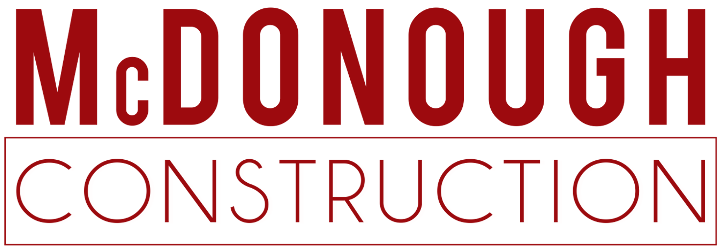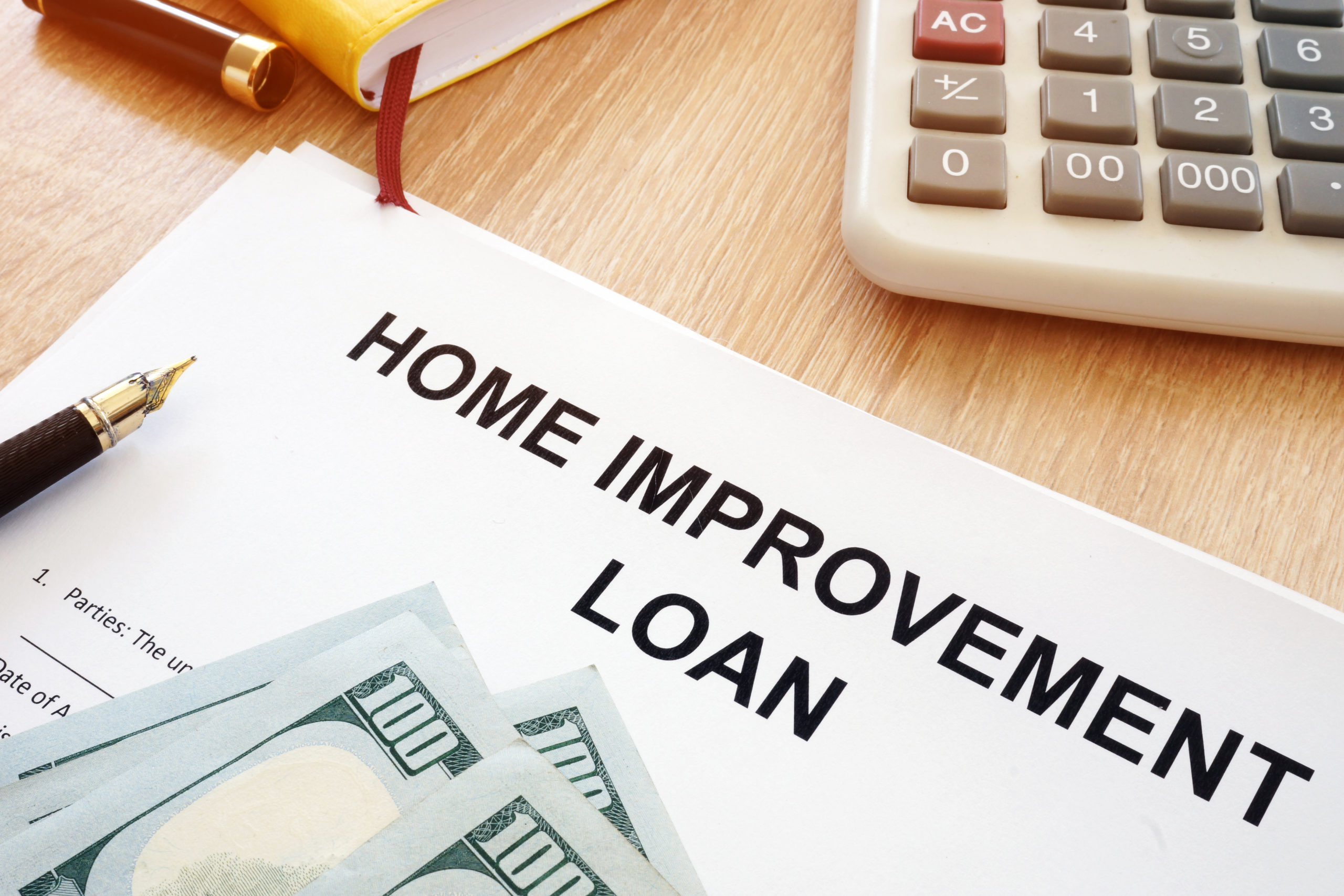Home improvement projects can significantly increase your property’s value as well as make the home more livable. Small projects do not usually involve too much of your sweet change, but larger home improvement projects require the big bucks. A kitchen remodel alone can cost you around $23,000 according to Home Advisor.
But do not fear, you do not have to drain your bank account to afford that costly renovation. There are many other options available to help you finance your project. Here are four of your many useful resources:
1. HELOC: Home equity line of credit
Depending on how long you have lived in your home you have probably built up some equity. This usually takes at least three to four years. Another way to think of this is as money that is not being used that is tied to the home.
In order to use this equity, you can get a home equity line of credit, otherwise known as HELOC. The way this credit option works is the homeowner uses their equity as collateral to borrow the funding. This interest-only loan works very similarly to a credit card and you just pay the interest as you go.
Disadvantage: the interest automatically kicks in as soon as the funds are used. Because of this, HELOC is best used for long term projects because you can take out the funds as needed instead of in full. Repayment options can be flexible as well as the option for variable interest rates.
2. Personal Loan
If you do not have a decent amount of equity in your home, or you simply just do not want to touch your equity, a personal loan would be another option to consider in financing your home improvement project.
This option works best if you are in a hurry and the amount you need to borrow is not a lot. For many personal loan lenders, the minimum amount they can lend can even be just a few thousand dollars.
Disadvantage: the interest rates are higher because there are no assets that are being relied upon. Also, the repayment periods are shorter ranging between three and seven years usually.
3. Credit Cards
This could be another viable option and renovation experts have been noticing this being done more and more because homeowners can also earn points and rewards by using credit cards.
Disadvantage: high-interest rates. Some companies might offer a 0% APR for a period of time but more often than not you will end up with a double-digit interest rate.
4. Short Term Rental
If all these other options do not appeal to you, you could always opt to offer your house or a space in your house as a short-term rental via Airbnb or VRBO. This can generate an additional $600 – $1,200 per month for most homeowners, depending on the location.
Disadvantage: hosting. You will be responsible for managing guests and making the property livable. This includes providing small items like toiletries and linens. This process also involves permit paperwork which can add up with fees.


